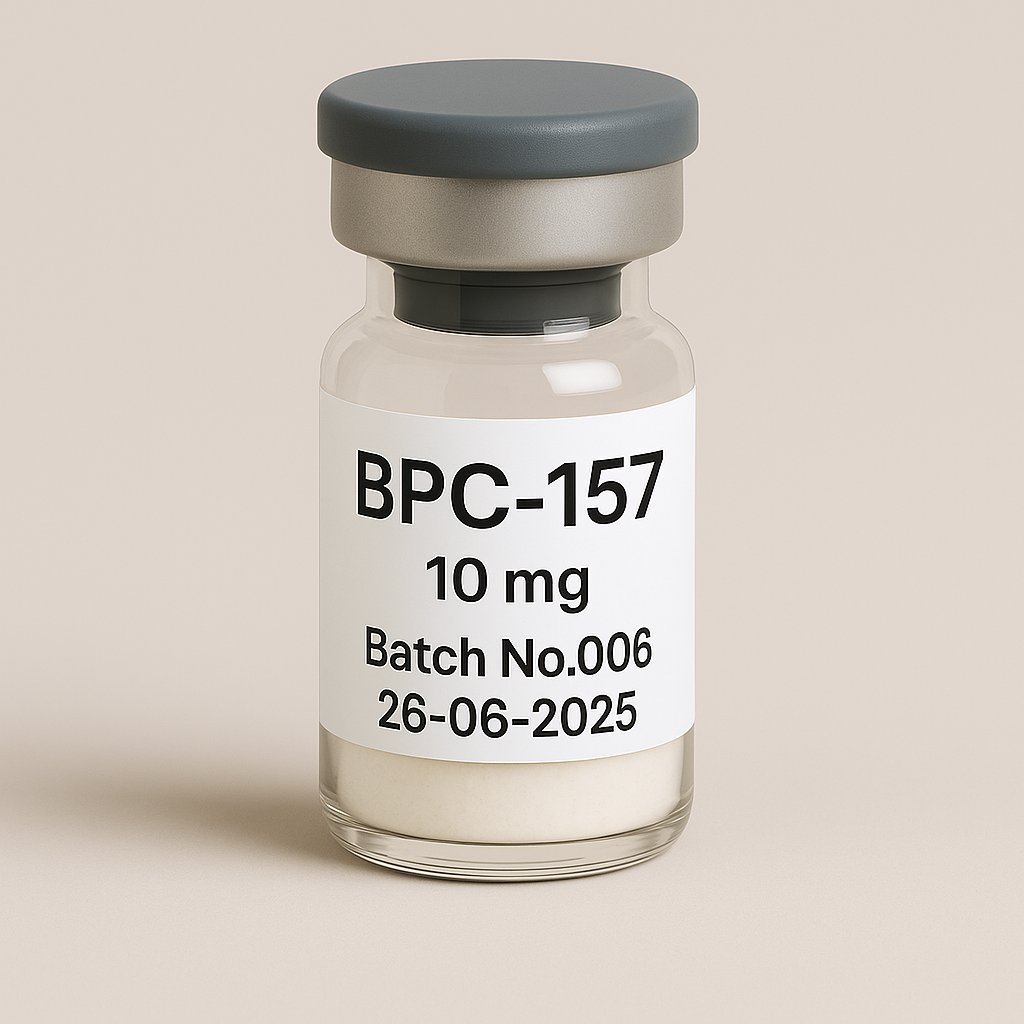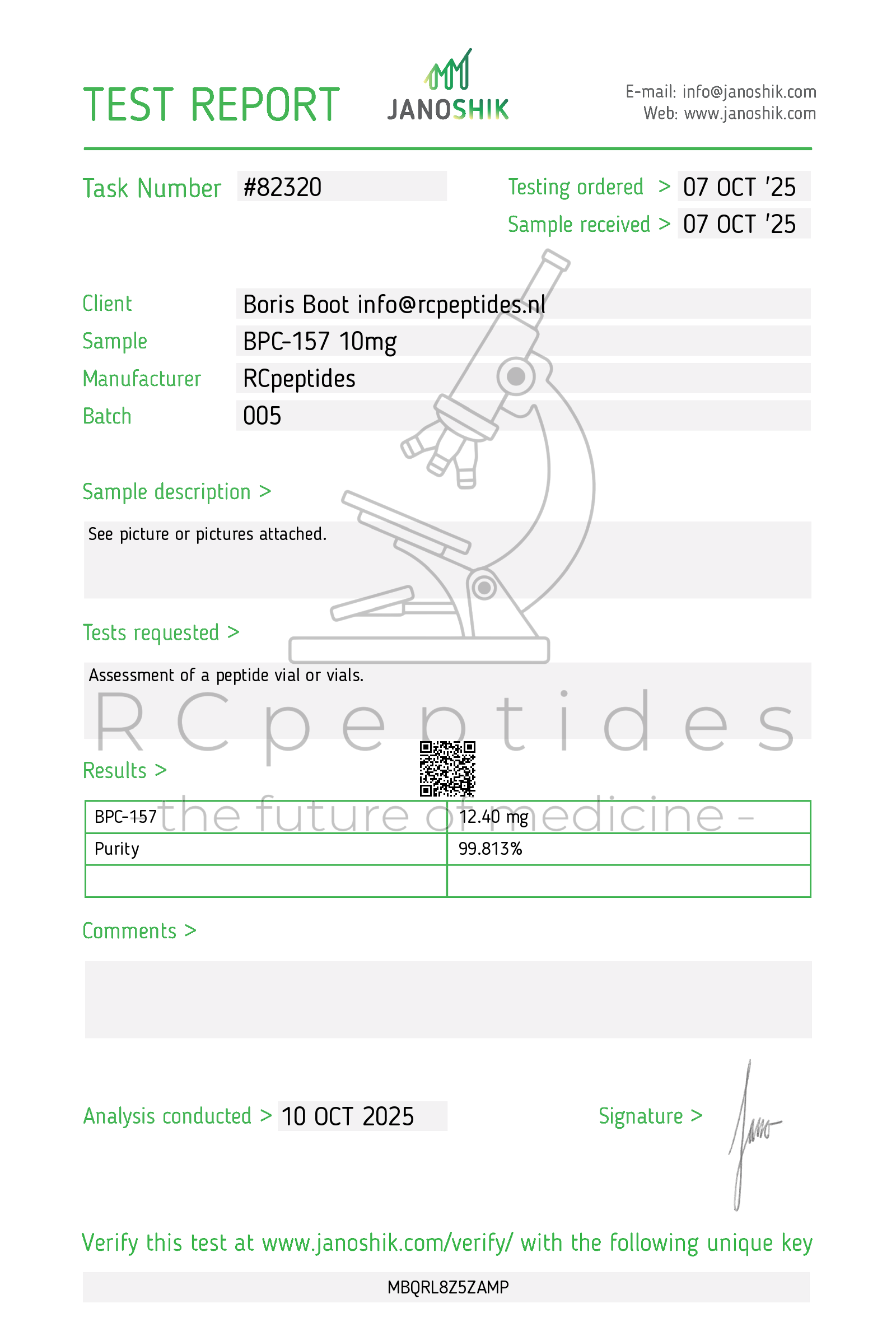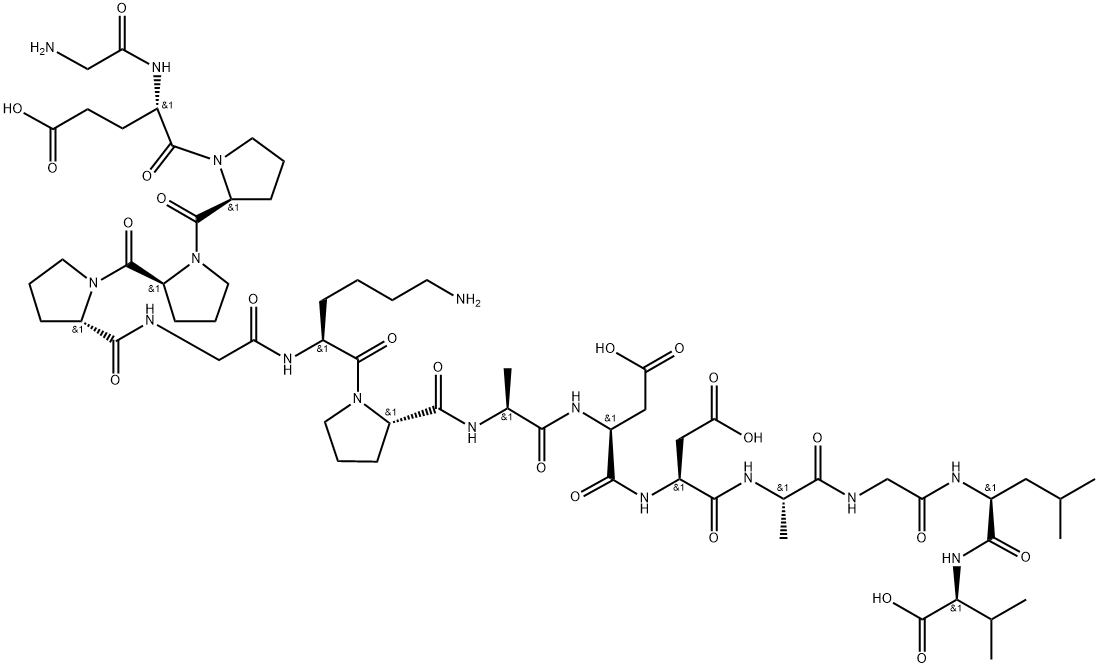NOT FOR HUMAN CONSUMPTION
BPC-157 (Body Protection Compound-157) is a peptide composed of 15 amino acids, derived from a protein found in the human stomach. It has gained popularity in the wellness, bodybuilding, and healing communities for its potential to speed up the recovery process from injuries, improve tissue repair, and protect organs.
BPC-157 is not FDA-approved for clinical use, and most of the information regarding its efficacy comes from animal studies and anecdotal evidence from users. It is typically administered through subcutaneous injections, although there are other delivery methods (oral or topical).
Mechanism of Action
BPC-157 works by promoting various biological processes in the body that aid in tissue repair, inflammation reduction, and overall healing. Some of its main mechanisms include:
-
Angiogenesis: BPC-157 promotes the growth of new blood vessels, which helps improve blood circulation in damaged tissues and speeds up the healing process.
-
Collagen Production: It enhances the synthesis of collagen, a key protein for wound healing, cartilage repair, and muscle recovery.
-
Anti-inflammatory: It reduces inflammation, making it particularly useful for those with chronic pain, joint issues, or injuries.
-
Neuroprotective: BPC-157 has shown potential in protecting nerve tissues, offering benefits for those with nerve damage or neurological conditions.
-
Gastrointestinal Protection: It is believed to help protect the stomach lining and promote the healing of gastrointestinal tissues, potentially benefiting those with gut issues like ulcers or Crohn's disease.
Potential Benefits
-
Injury Healing & Tissue Regeneration:
- One of the most promising uses of BPC-157 is its potential to accelerate the healing of ligaments, tendons, and muscles. It's especially popular among athletes for tendon and ligament injuries.
- BPC-157 may also speed up the healing of bone fractures, nerve damage, and cartilage injuries.
-
Joint Health:
- People suffering from joint pain, arthritis, or overuse injuries might benefit from BPC-157's anti-inflammatory properties. It’s believed to help regenerate cartilage and improve joint mobility.
-
Gut Health:
- BPC-157 is known to have a protective effect on the gastrointestinal tract. It might promote healing in cases of leaky gut syndrome, Crohn’s disease, and ulcers.
-
Reduction of Inflammation:
- Its ability to reduce inflammation may be beneficial for various chronic pain conditions, such as arthritis, tendonitis, or muscle strains.
-
Neuroprotection and Brain Health:
- Some studies suggest that BPC-157 may offer protective effects for nerve tissue and brain health, with potential applications in treating neurological injuries and conditions like traumatic brain injuries (TBI) and neurodegenerative diseases.
-
Enhanced Recovery for Athletes:
- For athletes and bodybuilders, BPC-157 could support faster muscle recovery post-exercise, reducing soreness and muscle damage after intense workouts.
Administration
BPC-157 is commonly administered via subcutaneous injections, although some users opt for oral tablets or topical applications (though these forms are considered less effective).
-
Injection: This is the most effective method to ensure BPC-157 is absorbed directly into the bloodstream, bypassing the digestive system. It’s typically injected near the injury site for localized healing benefits.
-
Oral and Topical: Some peptides may be taken orally or applied topically. However, this route may have reduced bioavailability compared to direct injection.
Side Effects
While BPC-157 is generally considered safe, there are potential side effects and risks to be aware of, especially given that its clinical use in humans has not been widely studied. Some of the reported side effects include:
-
Injection Site Reactions: Redness, swelling, or irritation at the injection site may occur.
-
Headaches or Dizziness: A few users have reported mild headaches or dizziness after administration.
-
Potential for Cancer Cell Growth: Some studies on BPC-157 have raised concerns about its potential to promote the growth of cancerous cells, particularly since it stimulates angiogenesis (the formation of new blood vessels). This could be problematic if someone already has cancerous tumors.
-
Overuse: If used too frequently or in high doses, BPC-157 could potentially lead to tissue overgrowth or an imbalance in healing.
References
-
Sikiric, P., et al. (2011). Stable Gastric Pentadecapeptide BPC 157: Novel Therapy for Wound Healing, Tissue Regeneration and Protection. Current Pharmaceutical Design, 17(36), 4062–4069.
-
Sikiric, P., et al. (2007). BPC 157 and the Cytoprotection/Repair Paradigm: A New Approach to Therapy. Journal of Physiology and Pharmacology, 58(Suppl 6), 9–31.
-
Seiwerth, S., et al. (2006). Angiogenic Potential of BPC 157: A Novel Approach for Improving Wound Healing.Angiogenesis, 9(3), 203–210.
-
Sikiric, P., et al. (2018). BPC 157 and the Gut–Brain Axis: New Implications for Neuroprotection and Neural Repair.Frontiers in Pharmacology, 9, Article 695. [DOI: 10.3389/fphar.2018.00695]
-
Brcic, L., et al. (2017). The Healing Properties of BPC 157: A Comprehensive Review. Journal of Physiology and Pharmacology, 68(3), 283–298.




